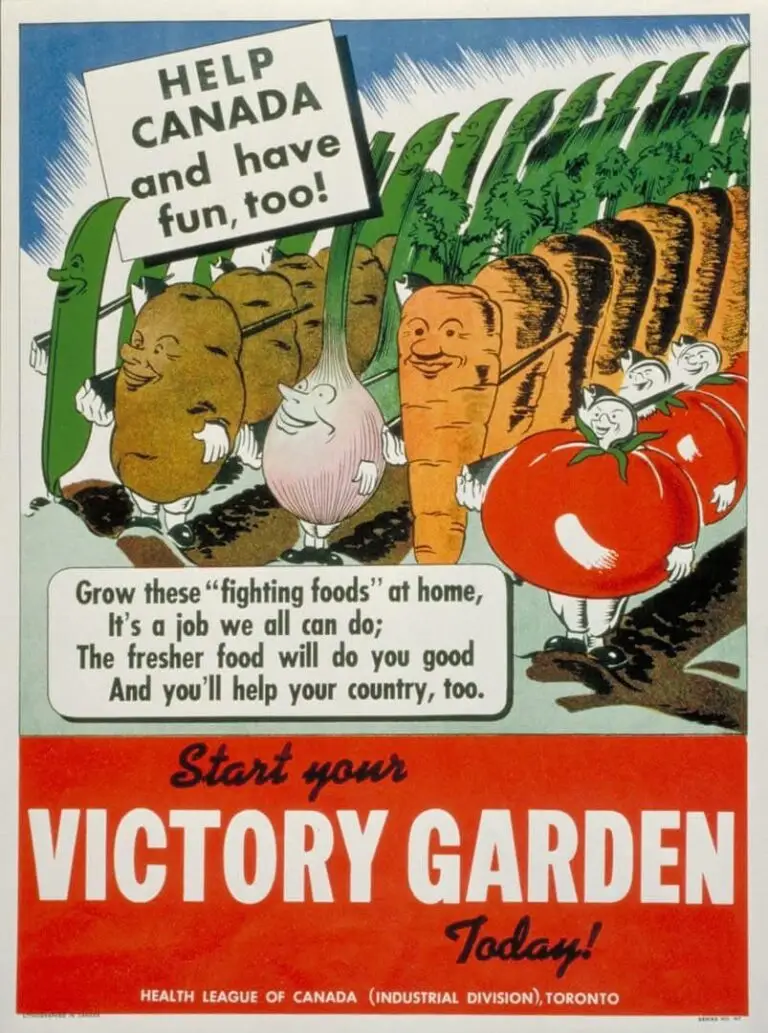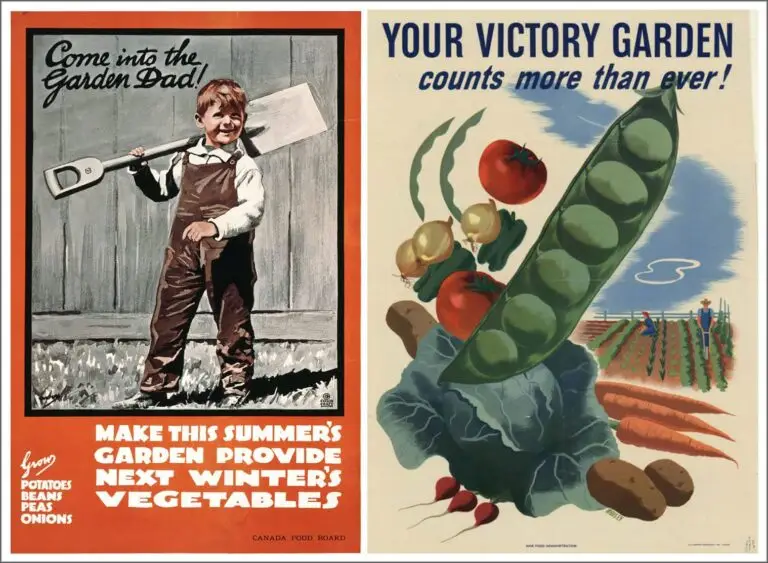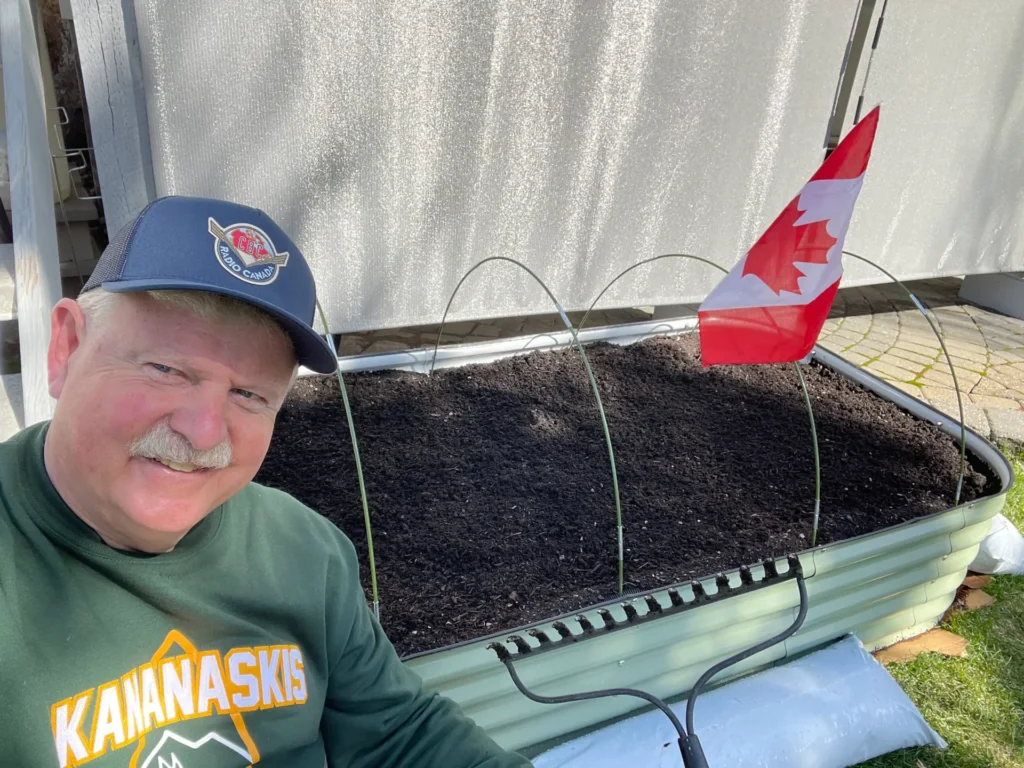

Since Donald Trump has declared an economic war on Canada, the USA’s long-time good neighbour and largest trading partner, I’ve been thinking about what actions we could take in our local communities across Canada.
While my father and his generation were away fighting for democracy against dictators and fascists during World War II, those back in Canada also played pivotal roles in the war effort. My mother-in-law joined the Women’s Air Corps (WACs) and used her impressive sewing skills to fashion specialized flight suits for test pilots. My mother and many others like her made many sacrifices and undertook different actions at the community level. One of those seemingly small yet remarkably effective actions was the planting and cultivating of “Victory Gardens”.
A “Victory Garden” is a type of garden that was very popular during World War I and World War II. These gardens were planted in private residences and public spaces to grow vegetables, fruits, and herbs, helping to supplement food supplies and support the war effort. Governments encouraged their creation to boost morale and reduce pressure on the food supply chain.
During World War II, Victory Gardens produced significant amounts of produce in Canada.
As a Canadian History teacher, I know much can be learned from the past. This may be one of those moments when we look back to guide our actions today.
People choose to create Victory Gardens for several interrelated reasons rooted in history, practicality, and community benefits:
Empowerment: People like to feel they can make a difference when facing a crisis. Planting a garden is both symbolic and practical.
Food Security and Self-Sufficiency: Victory Gardens originated during World Wars I and II to help reduce demand on commercial food supplies, freeing up more resources for soldiers overseas. By growing their own vegetables, families could ensure a more reliable food source, especially during times of rationing and shortages. Today, people plant Victory Gardens to regain control over their food supply, reduce dependency on grocery stores, and create peace of mind regarding food availability.
Fresh, Homegrown Produce: Growing a Victory Garden allows individuals to produce fresh, nutritious vegetables and fruits with complete control over how they are grown, avoiding unwanted chemicals and ensuring quality. Homegrown produce often tastes better and can be harvested at peak ripeness.
Physical and Mental Health Benefits: Gardening is a form of physical activity that promotes exercise and well-being. It also offers a therapeutic connection to nature, relieving stress and a sense of accomplishment.
Environmental Sustainability: Victory Gardens promote sustainable practices by transforming unused urban spaces into productive agricultural areas, reducing food transportation emissions, and encouraging organic growing methods.
Community Building and Morale: Historically, Victory Gardens fostered patriotism and a sense of contribution to the war effort. They also united communities, creating shared spaces for cooperation, learning, and mutual support. Modern Victory Gardens continue to build community ties by encouraging the sharing of surplus produce and gardening knowledge, and by creating communal growing spaces.
Historical and Cultural Connection: Many people are inspired by the legacy of Victory Gardens, which symbolise resilience and collective effort during difficult times. Growing a Victory Garden today can be a way to honour that history and develop practical skills for self-reliance.
People create Victory Gardens to improve food security, enjoy fresh and healthy produce, engage in physical activity, strengthen community bonds, support environmental sustainability, and connect with a meaningful historical tradition.
I want to suggest we use whatever space we can to plant, cultivate, and harvest our contemporary “Victory Gardens” this Spring, Summer, and Fall. This will help alleviate some of the sure-to-follow inflationary pressures that always flow from the imposition of trade tariffs and lessen pressure on our challenged food supply.
It may not seem like a big thing to do, but during wartime, Canadians were looking for anything they could do to better support their families and their country. During WWII, Victory Gardens were very successful in feeding people and bringing people together.
So why not now? What say you?
